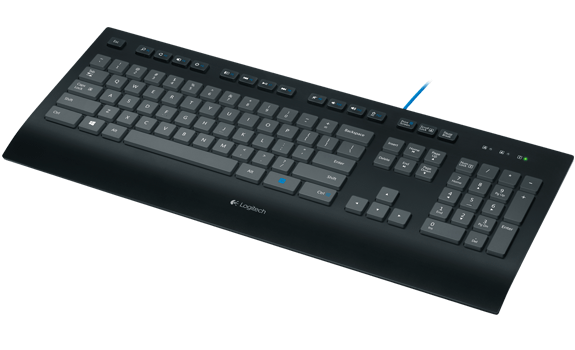What can $20 buy you these days? In the second hand "box of random IT stuff" department, it seems like quite a lot.
I'd been looking around for a cheap low profile graphics card for a while to get an old PC up and running again. Eventually found one offered on the much-maligned-but-often-useful† site gumtree.
I found a guy listing a GT220 along with a box of "random stuff" for $20. So I went to pick it up, and was amazed at what I found in this treasure trove. Among the items (keep in mind I really only wanted to graphics card) I discovered:
- The GT220 graphics card (of course)
- USB TV tuner with aerial and coax adapter
- Brand new unopened Display Port cable
- DVI and VGA cables and adapters
- PCI wireless card (54Mbps — old and slow, but whatever)
- SATA/Molex adapter cables
- Case fan and other 3/4-pin fan adapters
- Coax splitter and cable
- AEC power cables
- Various USB adapters and extenders
- RJ45 network cables
- Modem/telephony/RJ11 cables and adapters
- A smattering of modular power supply cables (from an unknown power supply ;)
- IDE cables (blastus from the pastus)
- A whole bunch of audio cables
- A whole bunch of audio adapter like 3.5mm <-> 6.5mm adapters)
- A UPS (wtf?). Probably bad battery, but still
- A label maker (again...wtf?)
- Random RAM sticks of various (old and most likely useless) denominations
- A whole bunch of other stuff I couldn't even identify

The trove...some of it at least, already nabbed the best parts
Now, I probably won't ever use much from this smorgasbord of geek hardware wet dream. The funny thing is that many of the parts — like the DP cable, coax cable, USB tuner, USB extension, coax splitters, etc. — I've actually bought previously. So I know they're useful. Just don't know if they'll be useful to me again. Pot luck at its best though!
† Maligned because while you get the occasional good transaction (like I did in this case) you also get a lot of time wasters, low-ballers, overpriced, over-bearing, clueless kind of people on both the buyer and seller side.






















